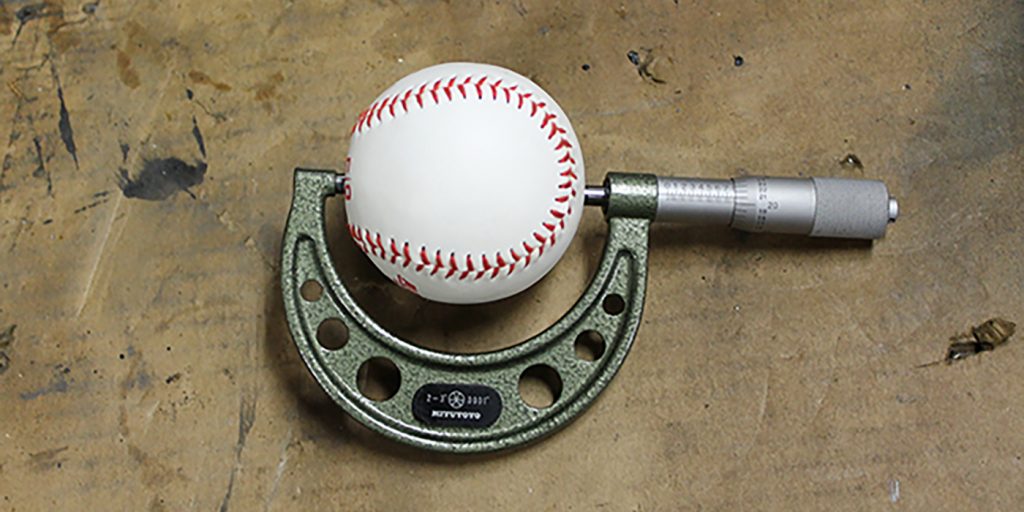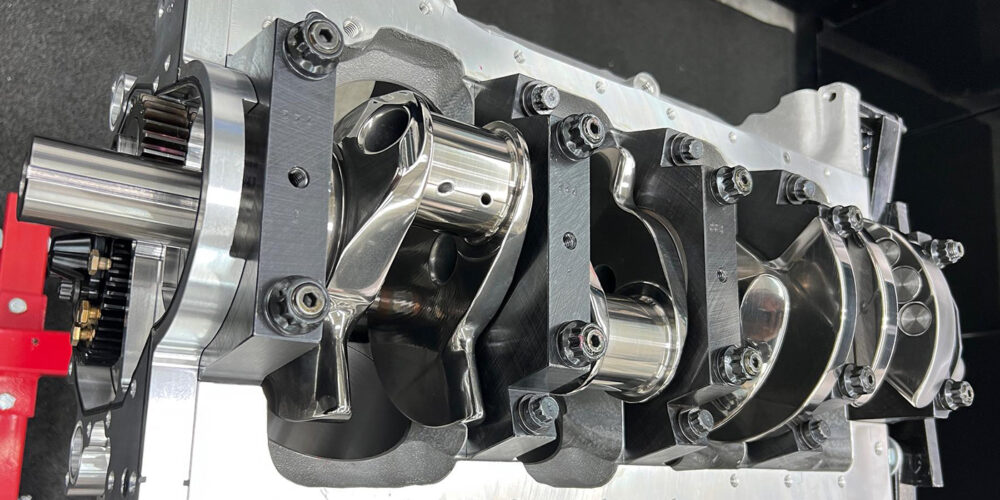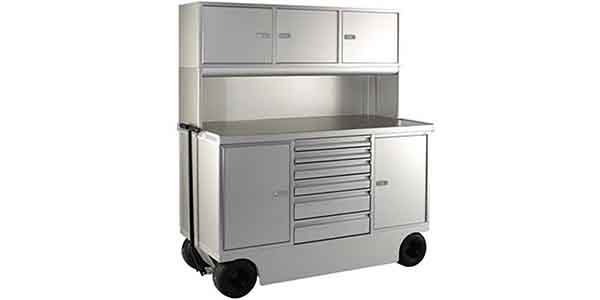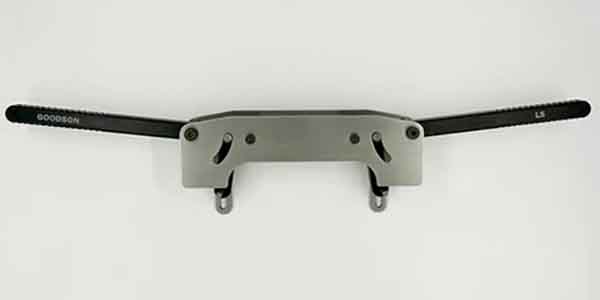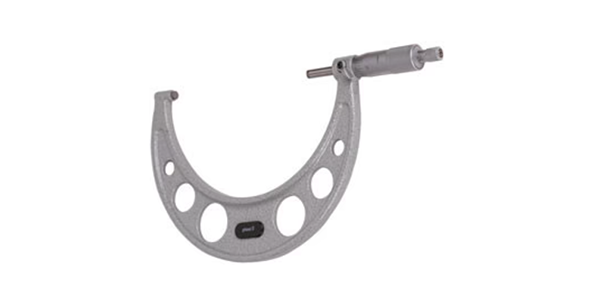A couple of weeks ago I was talking with a friend of mine who owns a mobile tool franchise. I asked him if he went to any engine machine shops on a regular basis. He said he only stops at them occasionally when they call him for something specific.
“It’s a whole different ball game,” were his exact words. “The tools that are crucial to them are their precision tools,” he said. “They call me for hand tools and certain specialty tools and pullers, but they have a different outlet for their measuring and precision tools.”
In the December issue, I wrote about tool calibration, which really focused me on the different measuring tools that are critical to machinists and engine builders. Normally, I would probably cover tools then talk about their calibration, so this might be putting the cart after the horse, but I thought I would dig a little deeper into the world of these tools and their features.
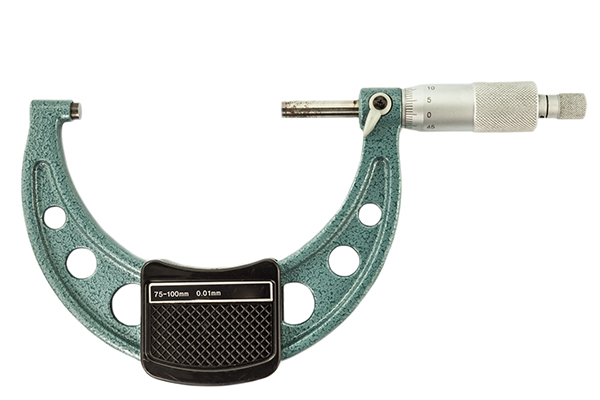
Micrometers
A micrometer is considered one of the most accurate measuring tools there is. What makes this so is that the measurement and the reading are on the same axis and the anvil is supported by a very rigid frame. This, coupled with a well-designed thimble, provides accurate and consistent readings, even with slight variations in the speed and pressure that the operator applies to the thimble.
An outside micrometer, one of the most commonly used varieties, is available with a number of different options to allow the engine builder or machinist to custom-tailor their selection. These options include range, SAE or metric, the degree of graduation, anvil or spindle material, lock nut type, thimble type and accuracy.
Different features can also add to the ease of use and accuracy of a micrometer such as a non-glare finish, a balanced frame or an insulated frame to prevent temperature-related expansion and contraction.
A specialty version of the outside micrometer is the indicating micrometer, which has both a vernier scale for OD measurements and a dial indicator for go/no go tolerance inspection.
Electronic outside micrometers offer all of the same accuracy and general features, but with an LCD digital readout. A useful advantage to an electronic micrometer is selecting inch or mm with the press of a button. It is important to make sure when deciding on an electronic micrometer that it offers coolant, water, dust and contaminant protection to ensure the accuracy and longevity of the electronics.
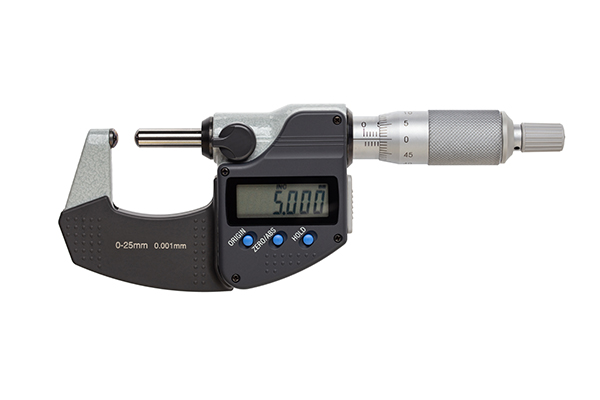
Consistent with the computer age, many electronic micrometers have an output port for data transmission, which is becoming increasingly popular in manufacturing, and could be just as useful to an engine builder.
Depth micrometers, another variation in the family, have the same type of measuring head, but with a base and a measuring rod that extends through the base. They too are available in standard mechanical or electronic, and also have a number of different options to choose from.
Standard options are the same as an outside micrometer, but the primary options that differ due to design are base length, including half-base models, the number of measuring rods they come with and the diameter of the rods.
Inside micrometers, primarily used to measure the inside diameter of cylinders and rings, hold yet another spot on the crucial tool list. Different options include the fixed range inside micrometer, variable sets with rods and spacing collars to allow setup for the desired range, inside micrometers with caliper-type jaws, and inside micrometers with special heads to measure internal grooves, such as o-ring, oil and washer grooves.
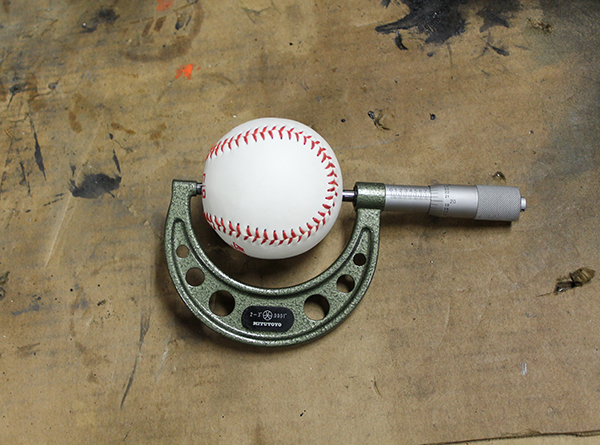
Micrometer standards are fixed gauges and should be used frequently to check the accuracy of your micrometer or other precision measuring tools. Available in different lengths, diameters, or in sets, a key feature to look for is an insulated handle which prevents heat expansion when holding them in your hand.
Special function micrometers, generally available in both electronic and mechanical, are considered such due to different options related to body types, spindle actions, contact variations and display types. They have the same general features as a standard micrometer, but with a more specific application and use. Here’s some of the more common in this category:
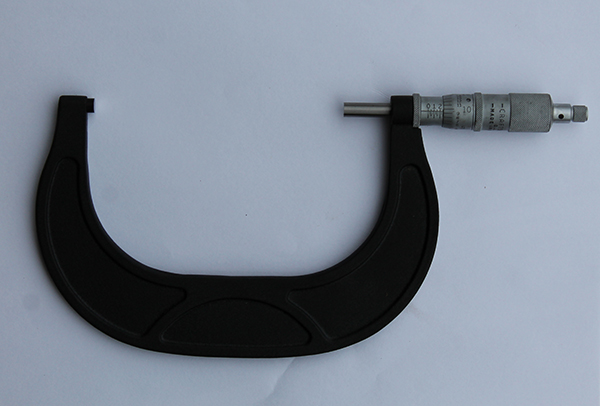
- A screw thread micrometer has a pointed spindle and double “V” anvil, so that they contact the screw thread and provide an accurate pitch diameter.
- A bench micrometer’s use is reflected by its name and they feature a heavy, rigid, cast-type base. They are primarily utilized for quality inspection and consistency measurements.
- A crankshaft micrometer is designed with the specific range and shape to measure journals and mains. Although it will work well for may applications, it’s ideal for this use.
- A disc brake micrometer has a pointed anvil and deep frame designed specifically for this application. The pointed anvil is what allows for depth measurement of grooves in brake rotors, but they undoubtedly could serve other uses.
- A blade-type micrometer has an anvil and spindle whose ends look similar to a flat-blade screwdriver and they are used to measure the diameter and depth of grooves, slots, keyways, recesses and depths between lands and fins. A unique feature of these is that the spindle does not rotate so the blade does not turn.
- A groove micrometer measures the widths of internal or external grooves and lands.
- A tube micrometer has an anvil at a 90-degree angle to the spindle and measures the wall thickness of tubing or components with cylindrical walls, and also measures the distance from a hole to an edge.
- V-anvil micrometers have a unique look with a rigid “V” frame, providing a resting bed for round components such as a rod or pin, allowing accurate diameter measurements.
- I’ll finish up this micrometer compilation with rounded anvil micrometers. These are designed for measuring the wall thickness of components such as solid or split bearings, tubing, sleeves, collars, rings or varying types of cylinders.
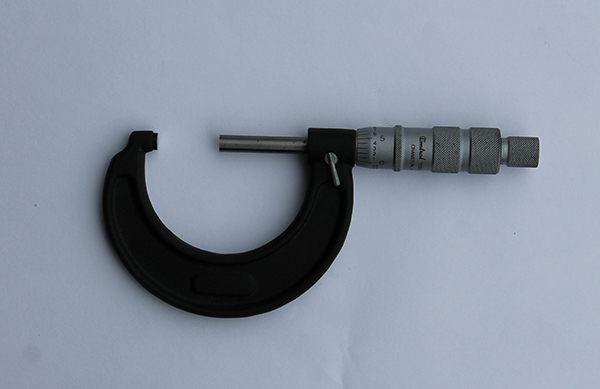
When I started on this topic, I intended to cover a wide variety of tools, but I realized how expansive a topic micrometers is. Therefore, consider this just the first inning of a whole different ball game. If I missed a micrometer you use all the time, let me know. I’ll pitch it out first in the second inning. Over the course of 2020, we’ll cover numerous crucial tools engine builders use regularly. EB

